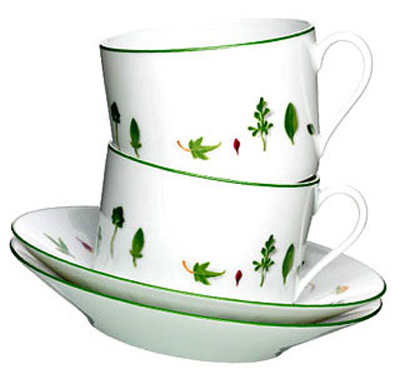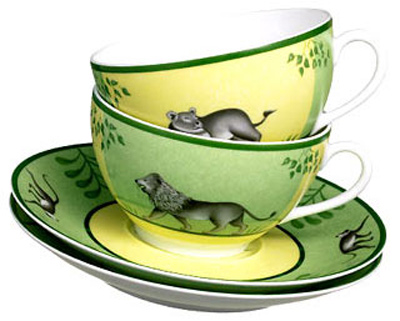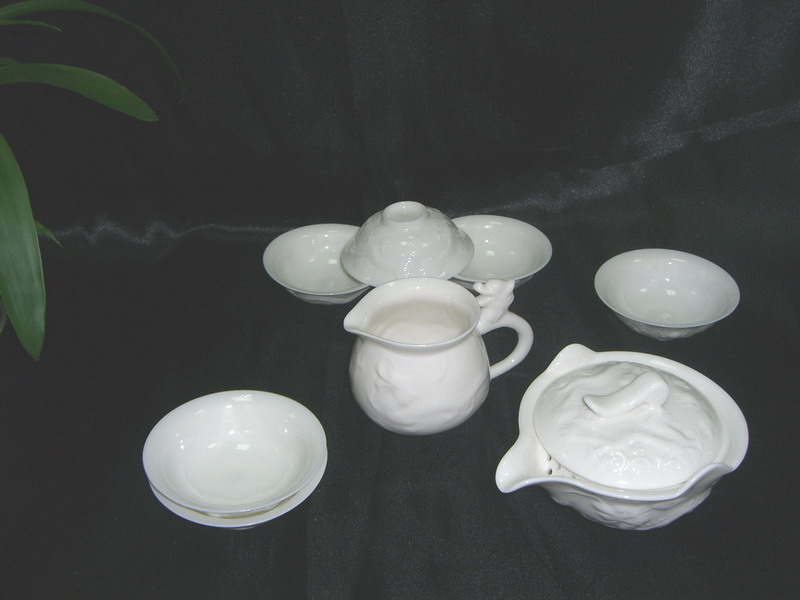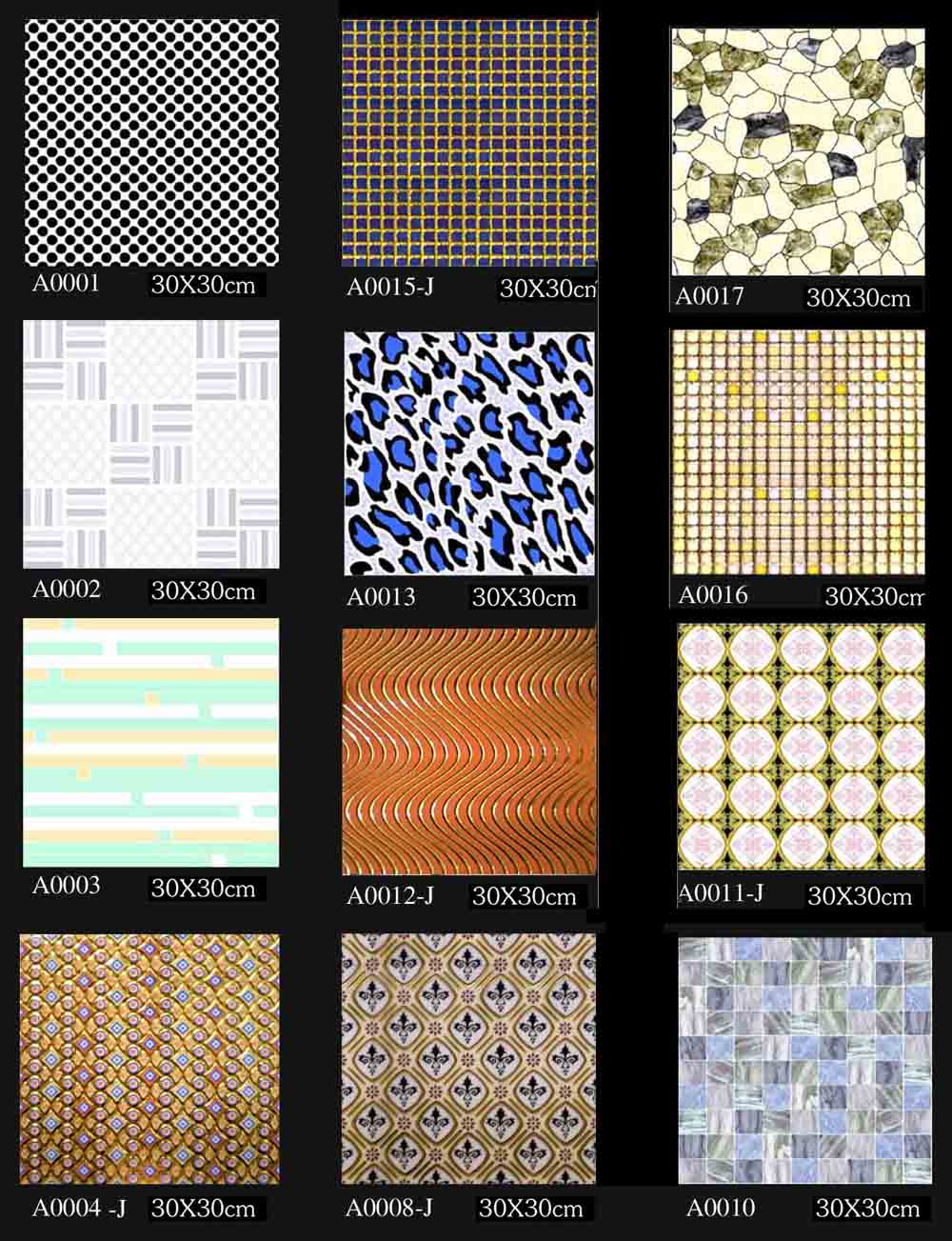|
I ever asked myself too many times,if the girl your lovest is me, now i don't want to know.if one day i can't endures to ask you again, you must cheat me,even the girl is not me. Your position:Home->cool pictures-> Chinese Pottery and Porcelain Pottery was made in China long before history was set down in writing. A coarse gray earthenware was made before the Shang Dynasty (1766-1122 BC), and a finer white pottery was made during this era. These vessels resemble in size and shape the Chinese bronze vessels of the same period, and it is likely that the bronzes were first copied from pottery. The pottery horses of the Tang Dynasty (618-907) are among the most celebrated examples of ancient Chinese art. Glaze was probably first used on the earthenware body in the Han Dynasty. By the time of the Sung Dynasty (960-1279), pottery of simple design was decorated with monochrome glazes. Celadon, or sea green, is probably the best known of these glazes. Porcelain gradually evolved in China, probably during the Tang Dynasty. It grew out of earthenware by a process of refining materials and manufacturing techniques. This true porcelain, sometimes called hard-paste porcelain, was a combination of China clay, and China stone. These ingredients were called by the Chinese the body and the bone of the porcelain. The principal porcelain factory in China was the imperial plant at Jingdezhen in Jiangxi Province. The glazes and decorations made there were intended to reproduce natural colors. Some of the best-known glazes are celadon; peach bloom, like the skin of a ripening peach; apple green; oxblood; and a pale gray blue resembling soft moonlight. The porcelains of the Ming Dynasty (1368-1644) were noted for boldness in form and decoration, with great variations in design. They include the blue and white wares, huge and heavy vessels for the imperial temples, and thin and delicate white eggshell porcelain. Great beauty in polychrome decoration was attained in the later Ch'ing Dynasty (1644-1911). With the end of the Manchu Dynasty in 1911, the long history of Chinese traditional porcelain making drew to a close. 
|
Your Position:Home ->cool pictures-> Chinese Pottery and Porcelain
Director of Online Content Development: 4689777@gmail.com
Director of Online Sales and Chinese Product Procurement Service: shop@ddpcn.com
Director of Online Sales and Chinese Product Procurement Service: shop@ddpcn.com




